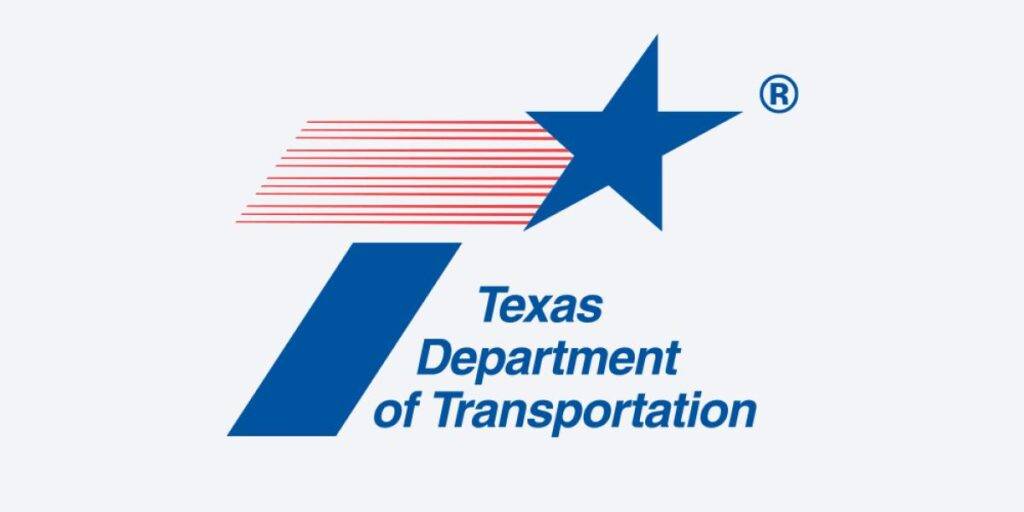TxDOT has been constructing animal crossings under highways in critical areas to help protect all Texans safe, both people and animals — including endangered species, like the ocelots who live in South Texas near the Mexico border. These crossings provide a path to get across a roadway away from traffic, preventing crashes that hurt both animals and drivers.
TxDOT has built 32 animal crossings across the state and at 21 locations in South Texas specifically to protect ocelots. In Aug. 2023, TxDOT applied for federal grant funding from the Wildlife Crossings Pilot Program for two more locations related to protecting ocelots.
The program is part of the $1.2 trillion Infrastructure Investment and Jobs Act that made $350 million available over five years for construction of wildlife crossings.
And the crossings, most of which are concrete tunnels connecting existing wildlife paths under highways, have had success. And not just for ocelots.
“TxDOT has been monitoring results and found that the crossings are successful in allowing multiple wildlife species to cross our roads,” said TxDOT Environmental Specialist John Young Jr. “As many as 26 different species have been documented using TxDOT wildlife crossings, including mountain lion, alligator, ocelot, bobcat, coyote, Texas indigo snake, striped skunk, racoon, beaver, bridled weasel to name a few.”
Ocelots, which look like miniature leopards and about the size of a bobcat, were once found all across Texas. They’d also appear in Arkansas and Louisiana and even down as far south as Argentina.
But their habitat in the United States has shrunk greatly over the past 100 years and more. Now, the only population in the country is in deep South Texas.
TxDOT hopes to construct more animal crossings around the state — 13 more are currently planned in the Pharr area. TxDOT hopes to construct more as funds become available — to help keep ocelots, other animals and humans safe.
Projects like this are apart of TxDOT’s Beyond the Road program, telling the story of TxDOT’s environmental responsibilities. Every day, teams of archeologists, historians and environmental scientists work with engineers to plan around the state’s natural, historical and community resources before building roads and bridges.
About Wildlife Crossing Program
The Wildlife Crossings Pilot Program (WCPP) is a competitive grant program with the goal of reducing Wildlife Vehicle Collisions (WVCs) while improving habitat connectivity for terrestrial and aquatic species. In creating the WCPP, Congress found that there are more than 1,000,000 WVCs annually, which present a danger to human safety and wildlife survival, cost over $8 billion, and result in approximately tens of thousands of serious injuries and hundreds of fatalities on U.S. roadways.
Read the full article here











